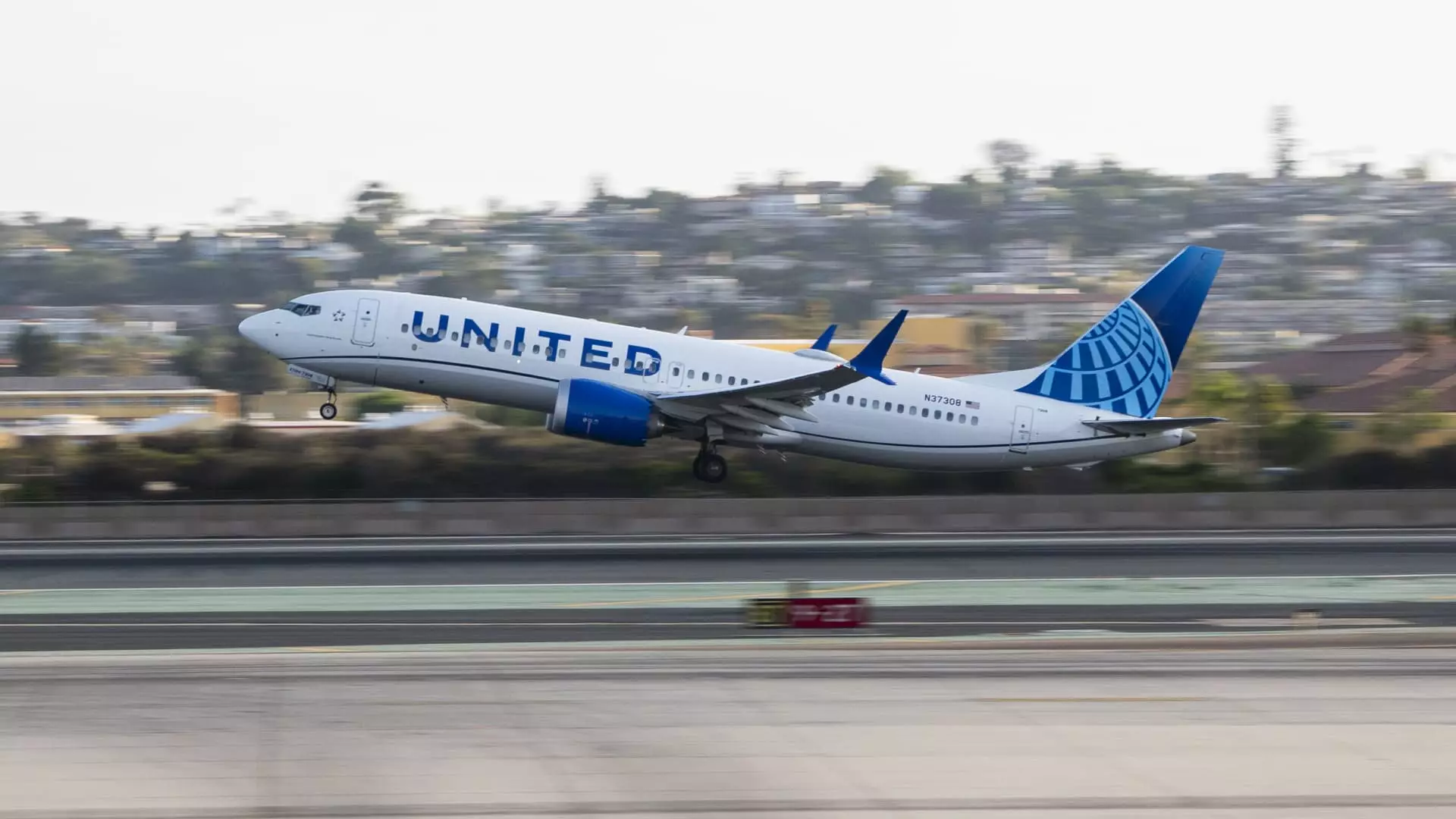In a groundbreaking move, United Airlines announced its partnership with SpaceX’s Starlink to provide complimentary inflight Wi-Fi on board its extensive fleet of jetliners. This collaboration represents the most significant agreement to date for SpaceX’s satellite internet services, marking a pivotal shift in how airlines approach inflight connectivity. Enhanced internet access in the sky is not merely a luxury but has become an essential service, especially for business travelers who depend on reliable internet for productivity even at 30,000 feet.
Industry Trends and Competitive Landscape
The aviation industry is currently witnessing a trend towards improved inflight services, particularly regarding internet connectivity. Airlines are increasingly aware that offering free Wi-Fi is not just about keeping passengers entertained but is crucial for attracting high-value customers. For instance, Delta Air Lines has already implemented complimentary internet access for its SkyMiles members, demonstrating a shift in consumer expectations. This trend is echoed by Hawaiian Airlines, which has also embraced Starlink’s capabilities, joining the ranks of JetBlue, a pioneer in offering free Wi-Fi for years. As competition intensifies among airline carriers, the ability to offer seamless connectivity could be a deciding factor for many travelers when choosing airlines.
Starlink’s technology promises to revolutionize inflight internet access. Unlike conventional internet services that may struggle over oceans or in remote regions, Starlink uses a constellation of satellites that can provide coverage worldwide, including hard-to-reach areas. This capability is particularly beneficial for United Airlines, which operates numerous transcontinental flights across both the Atlantic and Pacific Oceans. With an anticipated rollout of this service on over 1,000 aircraft over the coming years, United Airlines aims to deliver “gate-to-gate” connectivity, ensuring a consistent online experience from departure to arrival.
At present, United Airlines relies on a range of internet service providers, including ViaSat and Panasonic, charging between $8 to $10 for access depending on the passenger’s status. This customer segmentation approach reflects the ongoing efforts of airlines to monetize inflight Wi-Fi, though the impending shift towards free connectivity may herald a new era where internet access becomes a standard offering rather than an additional expense. As the first passenger flights equipped with Starlink commence in the upcoming year, the aviation landscape could be significantly altered, pushing the boundaries of what travelers can expect.
SpaceX’s Expansion Strategy
SpaceX’s broader strategy is also noteworthy. Originally focused on consumer markets, Starlink has made significant strides into aviation and other sectors, demonstrating an adaptability that may be critical for its future success. Currently boasting approximately 6,000 satellites in orbit and providing service to over three million users across 100 countries, SpaceX is not just enhancing connectivity on a global scale but also pushing the envelope on how satellite internet can be integrated into various sectors, including aviation.
The partnership between United Airlines and SpaceX’s Starlink could represent a watershed moment in the airline industry, elevating customer experience to unprecedented levels and transforming inflight connectivity from a cost center into a competitively advantageous feature. As this partnership unfolds, the expectations of air travel could change irreversibly.

